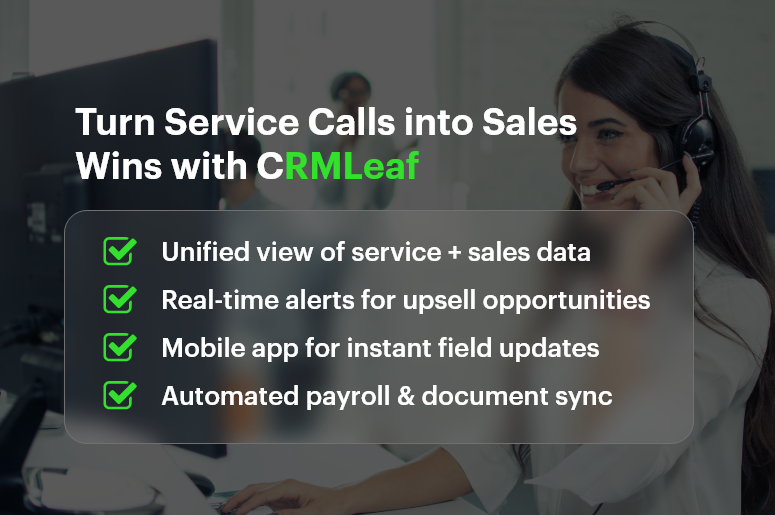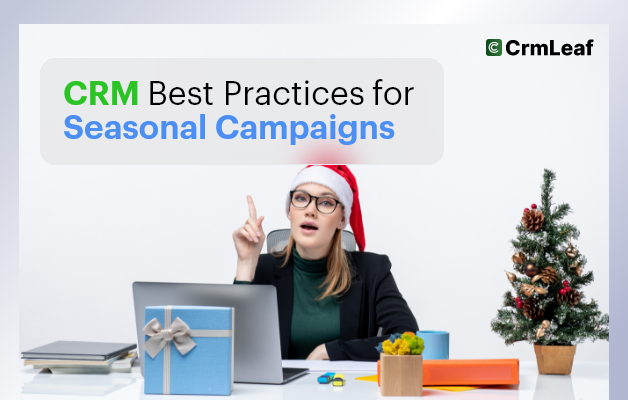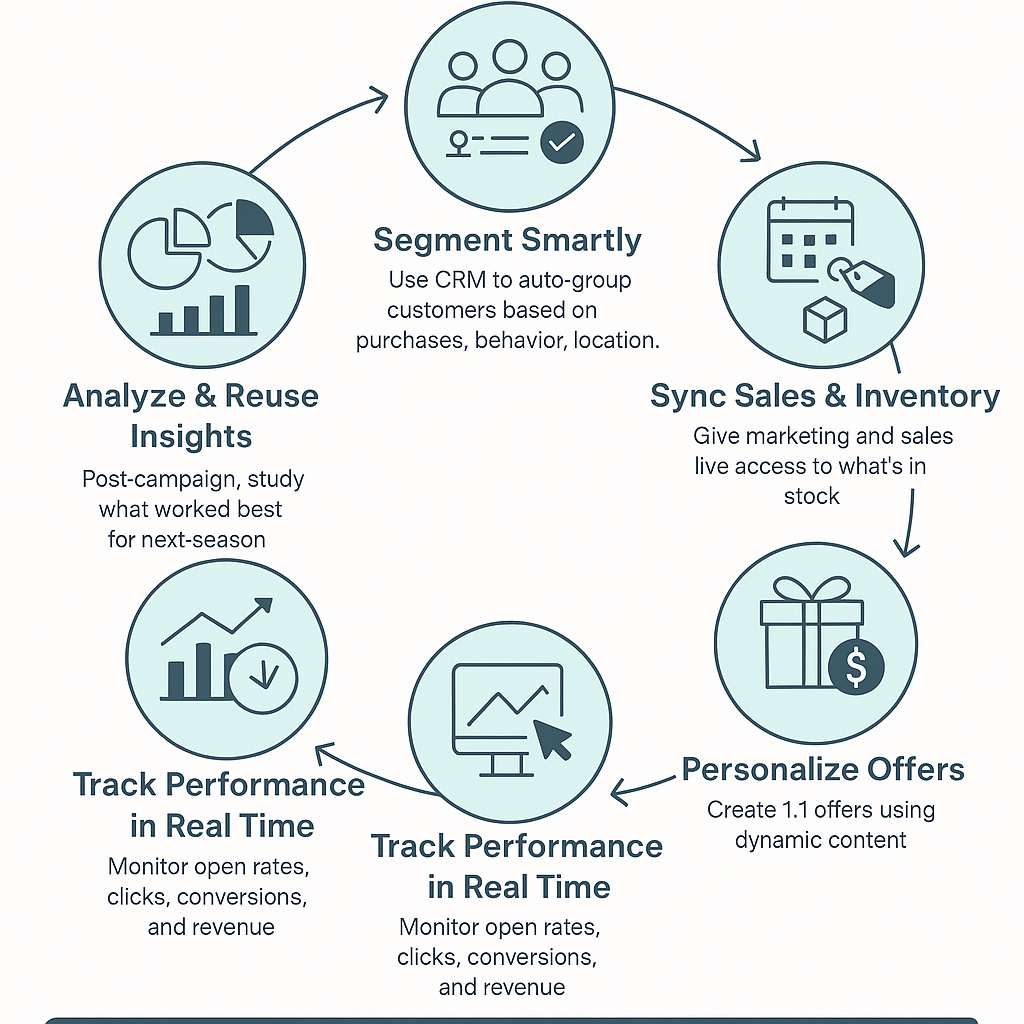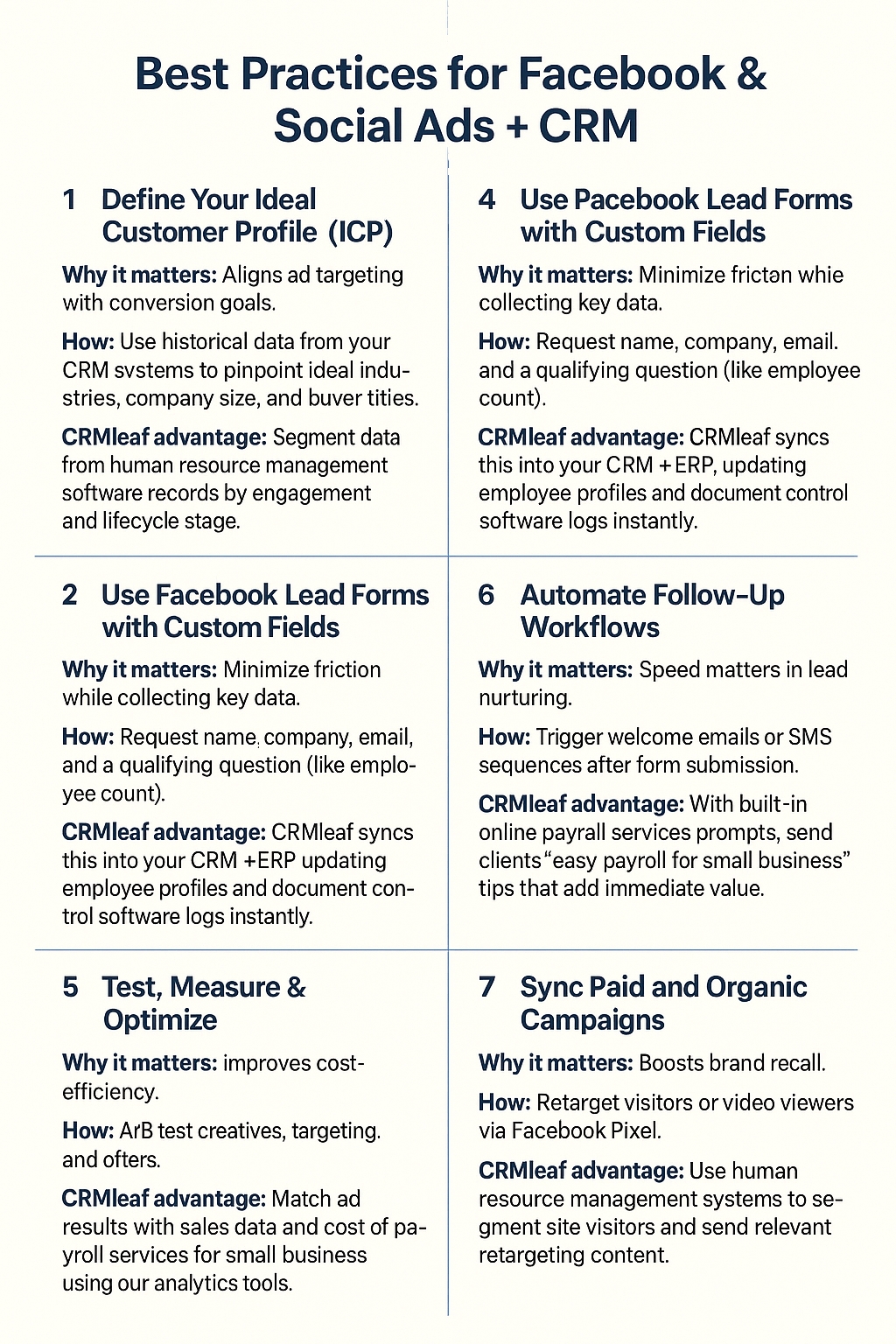In the solar energy business, a single missed follow-up or delayed site visit can mean the loss of a high-value customer. From capturing leads to quoting, site inspections, approvals, installations, and after-sales service — solar sales cycles are long and complex. That’s why top-performing solar companies use a dedicated solar CRM to manage every step seamlessly.
This playbook will walk you through how a modern CRM system built for solar companies can help you streamline the process from initial interest to final installation.
Whether you’re a growing solar startup or an established installer scaling operations, you’ll learn how to eliminate bottlenecks, reduce manual work, and close deals faster—all while offering a personalized customer experience.
Why Solar Businesses Need a Specialized CRM
Selling and installing solar panels isn’t like selling SaaS or furniture. It’s a project-based business that includes technical assessments, documentation, financing, regulatory approvals, and field operations.
Here’s what solar businesses often struggle with:
- Leads get lost between marketing and field teams
- Site surveys are delayed due to lack of coordination
- Proposal generation takes too long
- Customers are left in the dark during long installation cycles
- Sales reps have no visibility into post-sale updates
All of this leads to slower growth, frustrated teams, and lost deals.
A solar CRM solves this by turning your sales pipeline into a well-oiled machine. With CRMLeaf, you can:
- Capture and nurture leads across web, phone, email, or field visits
- Schedule and track site surveys with field technicians
- Auto-generate solar quotes based on customer preferences and site data
- Manage documentation, permits, and installation timelines in one place
- Keep customers in the loop through status updates and reminders
By unifying the customer journey from interest to installation, CRMLeaf helps you scale operations without sacrificing service quality.
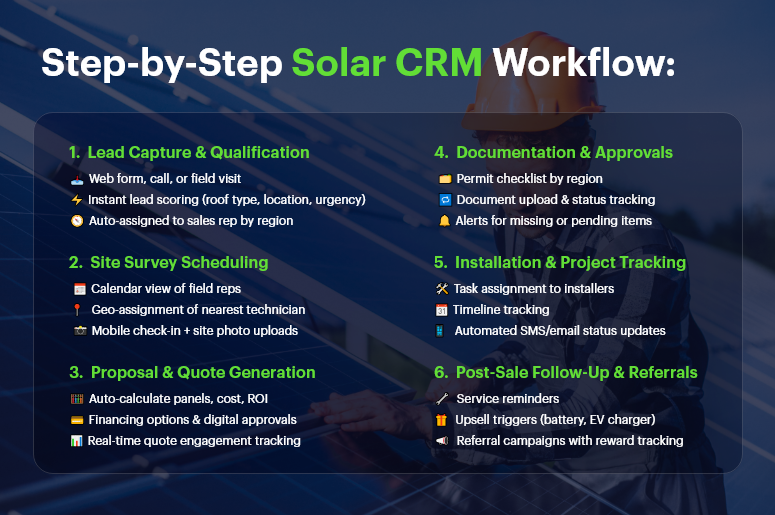
Best Practices & Actionable Tips
Capture & Qualify Leads Instantly
Why it matters:
Speed is everything in sales. If you’re not the first to follow up, someone else will be.
Best Practices:
- Use web forms, landing pages, and chatbots to auto-capture leads
- Assign leads automatically based on territory or availability
- Score leads based on roof type, location, budget, and urgency
CRMLeaf Tip: Connect your marketing forms to CRMLeaf to trigger instant alerts to sales reps and start qualification workflows automatically.
Schedule and Track Site Surveys
Why it matters:
Site visits are critical for assessing roof conditions, energy needs, and panel placement.
Best Practices:
- Allow survey teams to schedule visits directly through the CRM
- Assign tasks and routes to field reps with built-in calendars
- Enable mobile check-in and note-taking during visits
CRMLeaf Tip: Use geo-tagging to assign the nearest field team and attach photos or notes to each lead for smoother transitions.
Generate Accurate Proposals and Quotes
Why it matters:
Delays in proposal delivery = lower conversion rates. Speed and accuracy are key.
Best Practices:
- Auto-calculate system size, panels required, and estimated ROI
- Include multiple financing options and payment schedules
- Track when a quote is viewed, accepted, or revised
CRMLeaf Tip: Use CRMLeaf’s proposal module to version control quotes and trigger approval workflows for fast client sign-offs.
Manage Documentation and Regulatory Approvals
Why it matters:
Solar installations often require local permits, grid approvals, and financing paperwork. Losing track of documents leads to delays.
Best Practices:
- Centralize all paperwork in the CRM linked to each deal
- Track approval status for each required permit
- Set automated alerts for missing or pending documents
CRMLeaf Tip: Create custom checklists for different regions or installation types so your team never skips a step.
Oversee Installation and Post-Sale Service
Why it matters:
The installation is where customer expectations are at their highest. Communication and coordination are crucial.
Best Practices:
- Assign installers with project timelines and tasks
- Send automated updates to customers via email or SMS
- Collect post-installation feedback and reviews
CRMLeaf Tip: Use the CRM’s project tracker to manage installation timelines, assign roles, and ensure accountability across the team.
Nurture and Retain Customers for Upgrades & Referrals
Why it matters:
Happy solar customers are your best marketers. Don’t let the relationship end at installation.
Best Practices:
- Automate follow-ups for annual maintenance or warranty checks
- Offer battery upgrade or EV charger deals
- Launch referral campaigns with trackable rewards
CRMLeaf Tip: Segment customers based on installation date or system type and send personalized offers at the right time.
Customer Success
For example, SunGrid Energy, a solar provider operating in three states, used to juggle spreadsheets, emails, and phone calls to track leads and installations. The result? Missed follow-ups, delayed site surveys, and overwhelmed teams.
After implementing CRMLeaf’s solar CRM solution:
- Lead response time dropped by 60%
- Quote-to-installation cycle shortened from 28 days to 15 days
- Installations per month increased by 35%
- Customer satisfaction scores improved by 40%
Now, every team — from sales to field techs — is aligned on one platform. SunGrid Energy is scaling confidently, knowing that no lead or task falls through the cracks.
Key Takeaways
Managing a solar business is complex — but it doesn’t have to be chaotic. A specialized solar CRM like CRMLeaf brings visibility, efficiency, and structure to your entire operation.
From lead capture to installation and beyond, every team gets the tools they need to collaborate, and every customer gets a seamless experience.
Whether you’re chasing residential installs or large-scale commercial projects, this playbook equips you with a smarter, scalable way to win deals and delight customers. It’s time to stop managing leads manually and start powering your growth with CRMLeaf.




